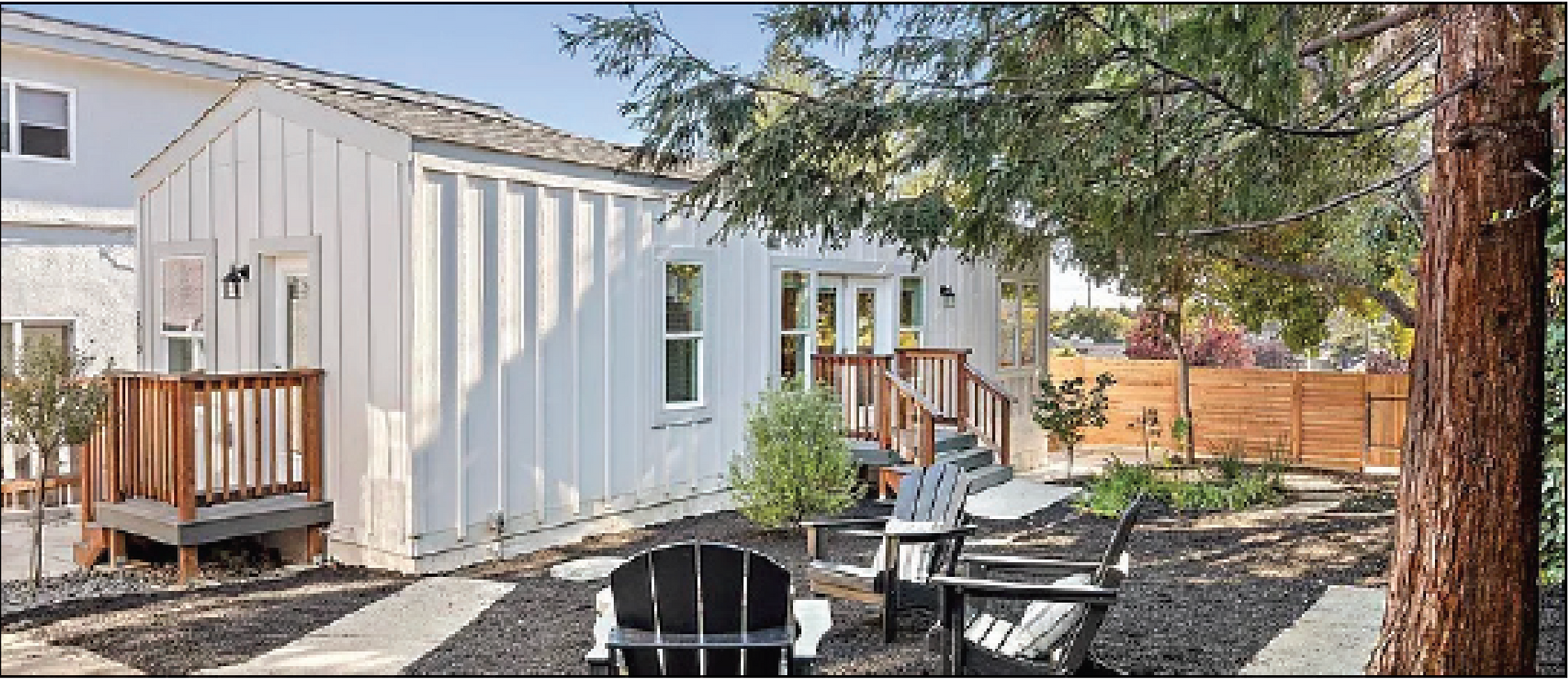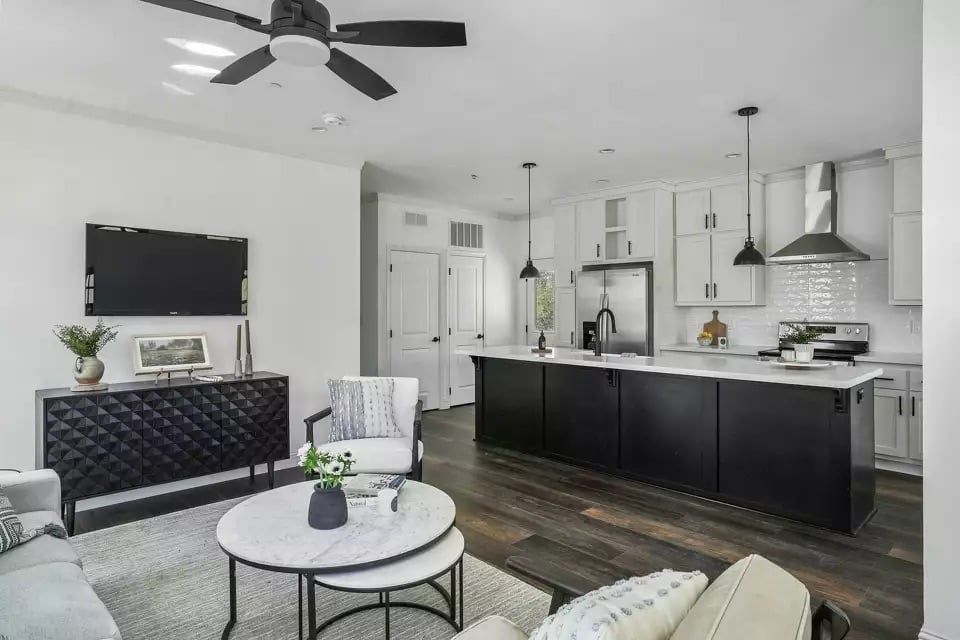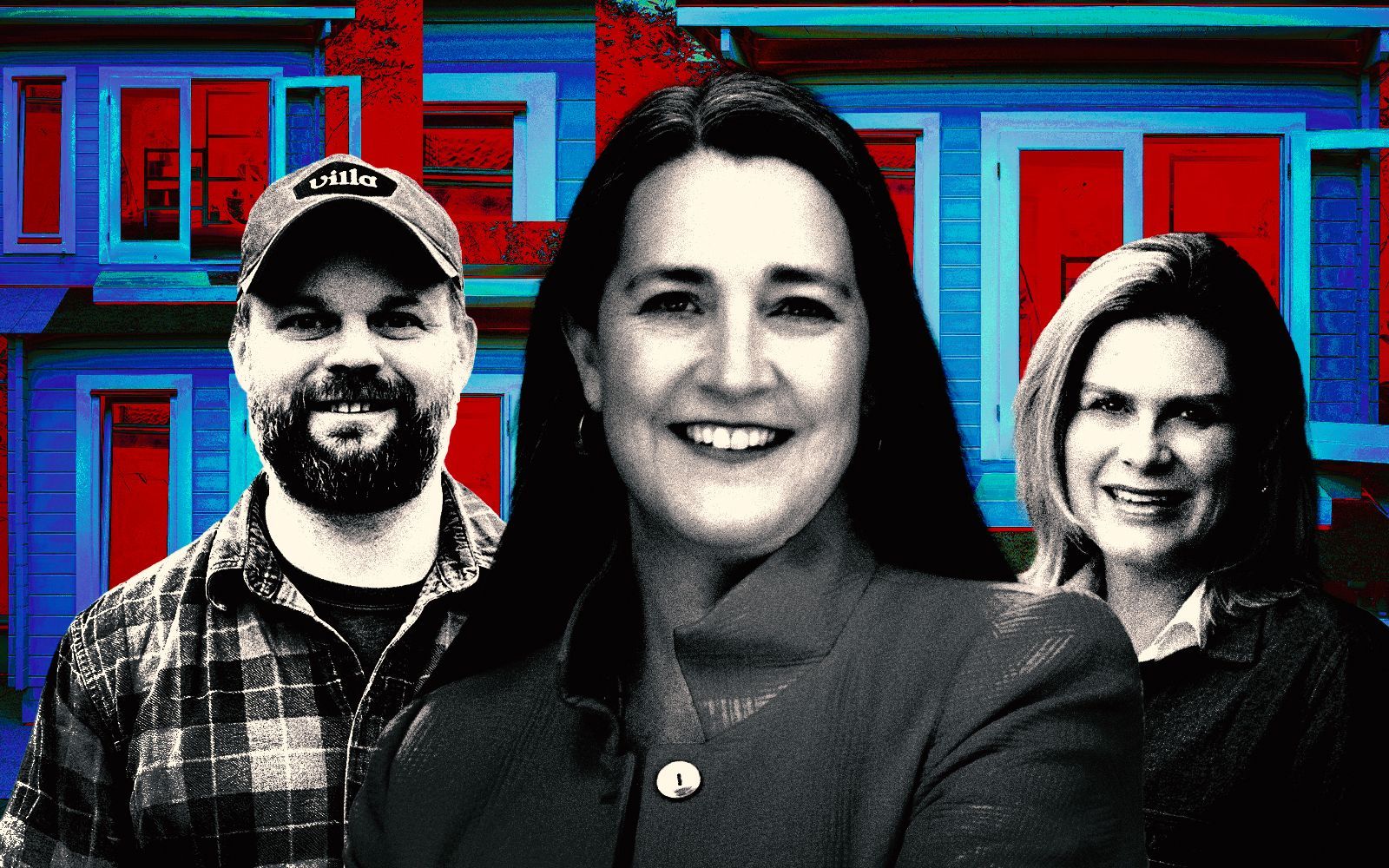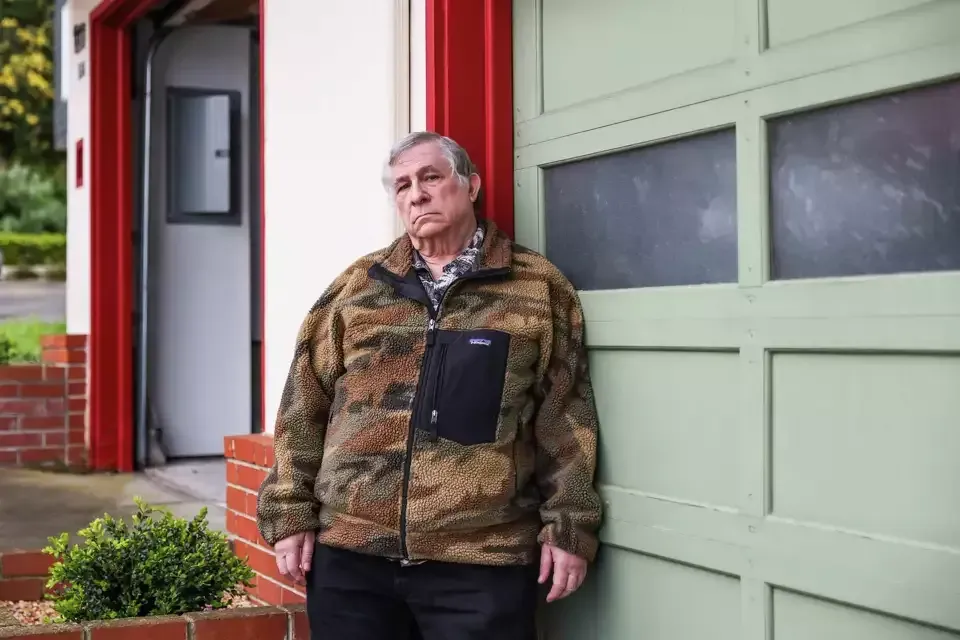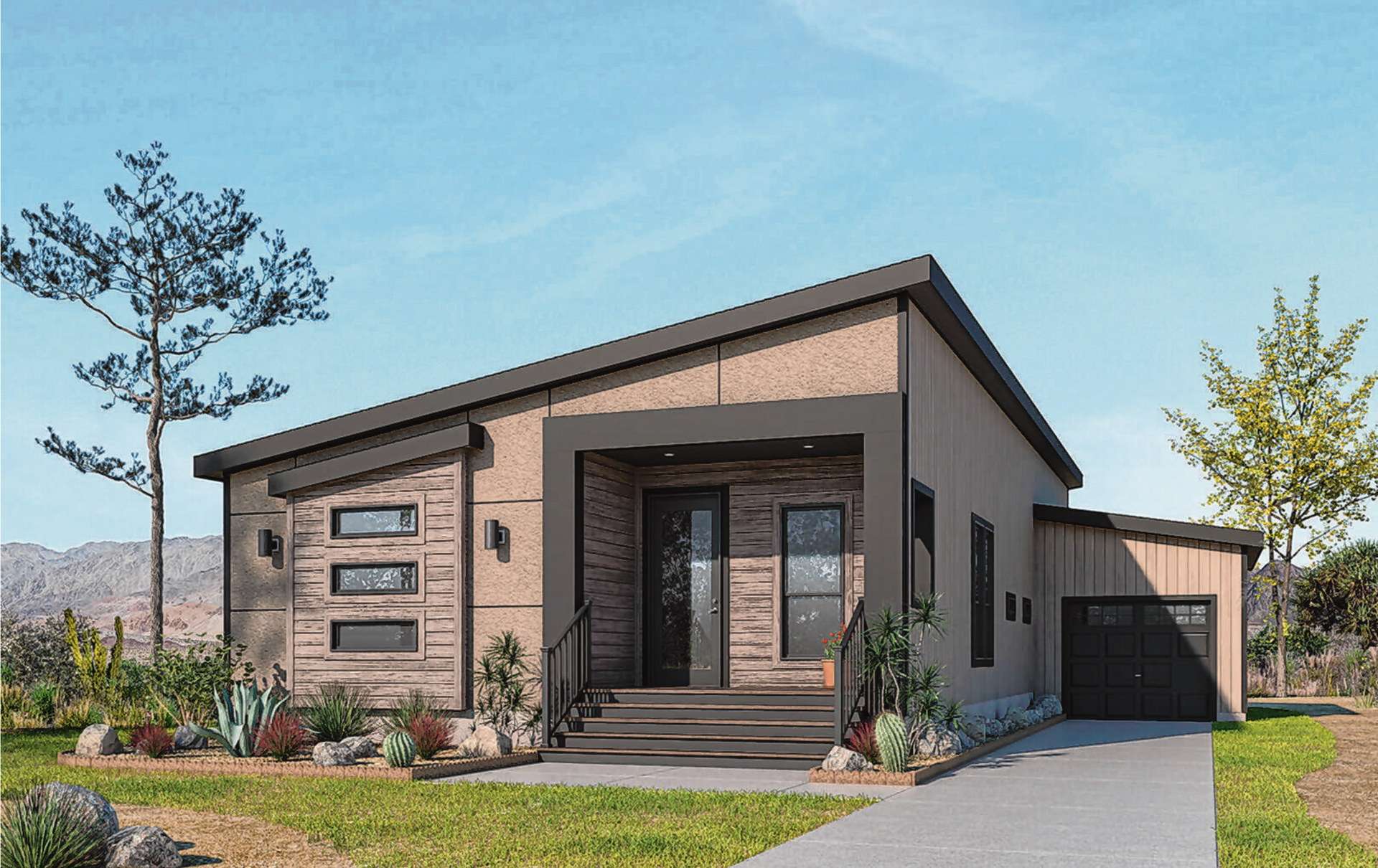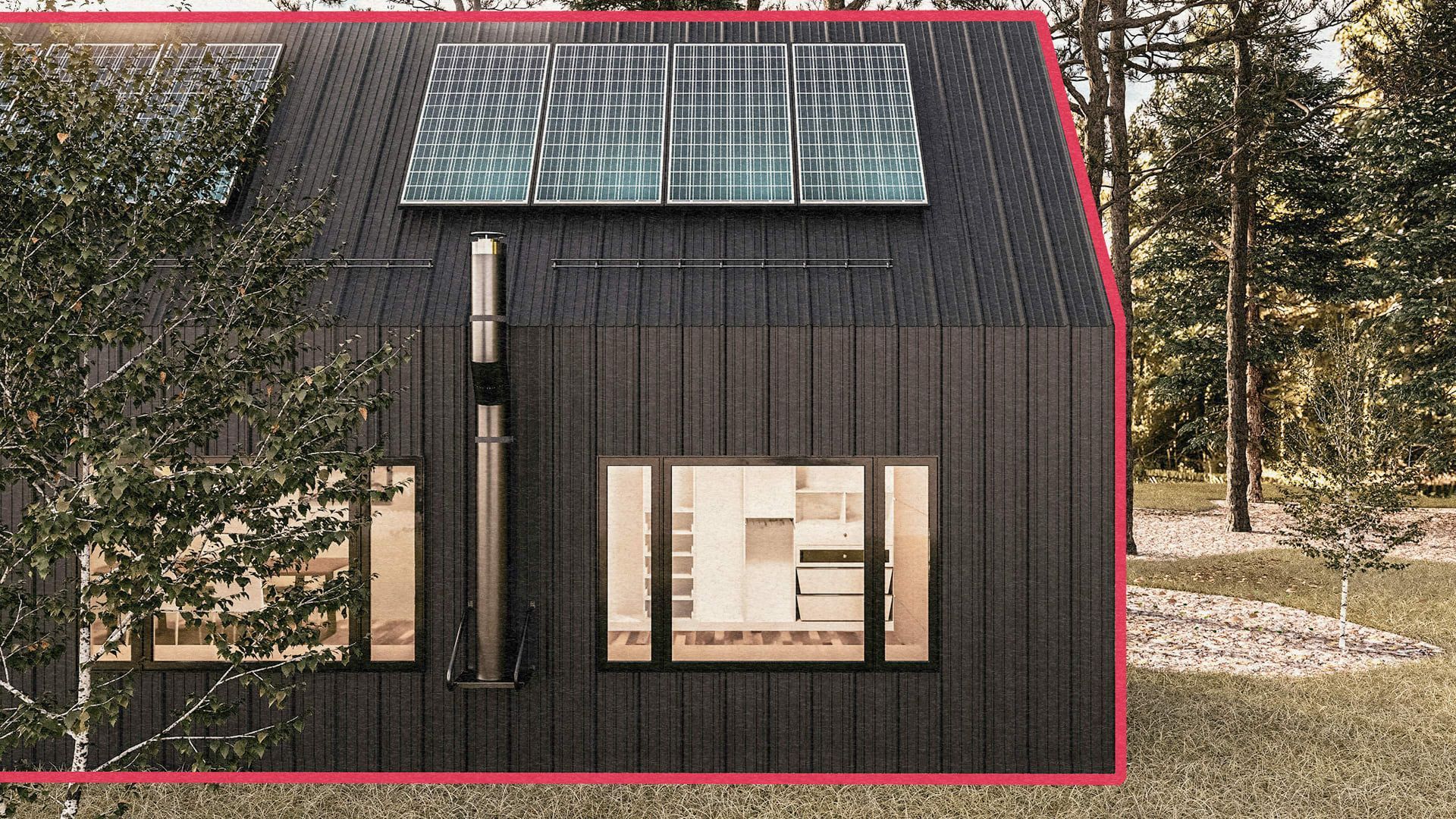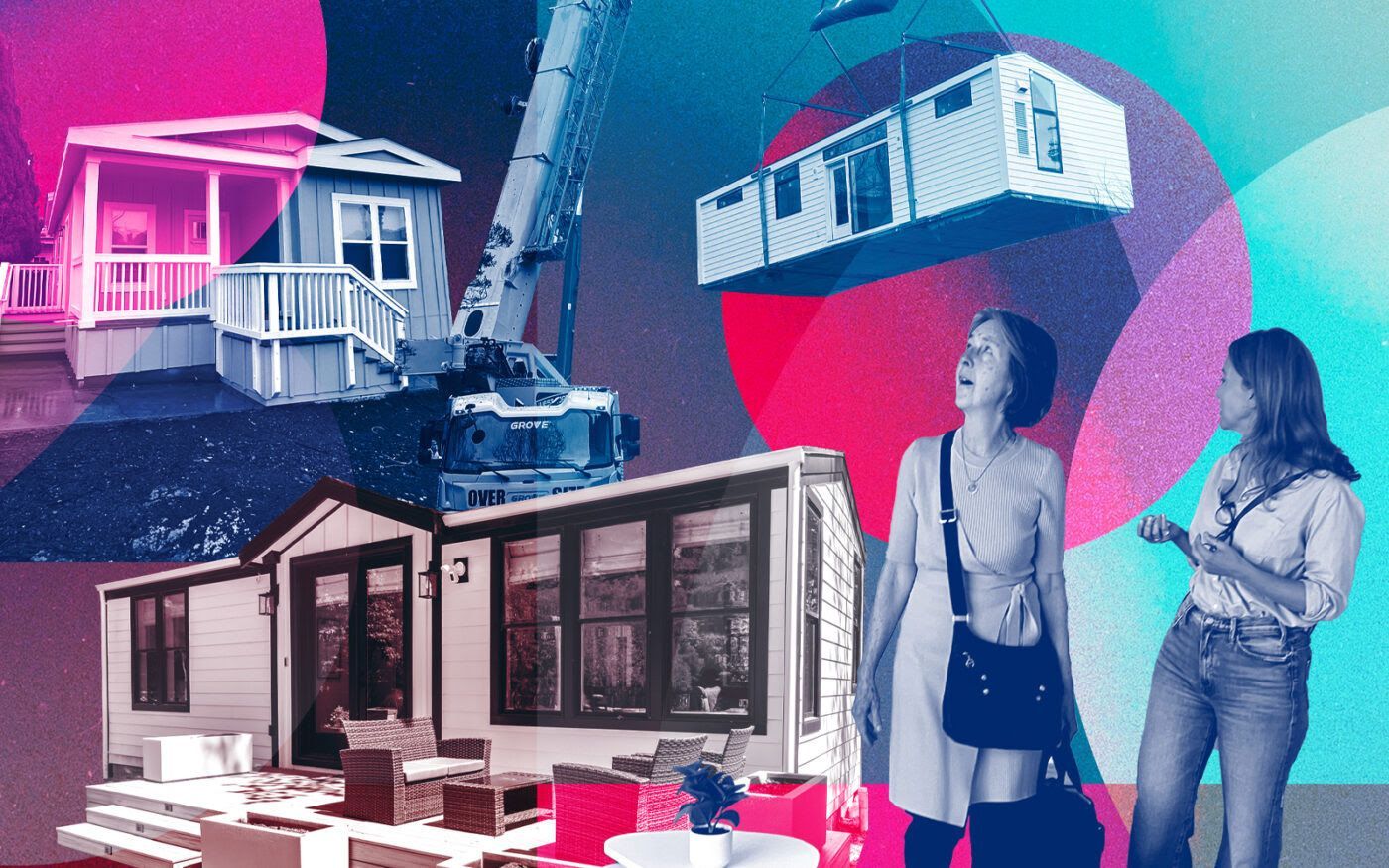California Lawmakers Pave the Way for More Housing

To ease an affordability crisis, the Legislature voted to open suburbs to development, allowing two-units on lots long reserved for single-family homes.
California needs more housing. More condominiums, more townhouses near mass transit, more suburban apartment buildings. There is no other solution to the state’s desperate homelessness problem and a deepening housing affordability crisis, according to a broad collection of economists and housing experts.
Yet for years the State Legislature has struggled to follow their prescription to increase urban density, often because lawmakers fear angering suburban voters, whose preferences for single-family home living have been regarded as politically sacrosanct.
On Thursday the Legislature took a big step toward rewriting that bargain, advancing a bill that would allow two-unit buildings on lots that for generations have been reserved exclusively for single-family homes. The move is one of several piecemeal housing measures — big enough to make a difference, not so sweeping that they fail to advance — that have managed to endure the legislative gantlet after years of high-profile failures.
The bill was championed by housing advocates as modest but significant progress toward easing the state’s housing shortage. By allowing two units per parcel and permitting property owners to subdivide their lots, the law would increase density to as many as four units on a single-family plot. The bill was furiously opposed by homeowners and local government groups who said it “crushes single-family zoning” and would be “the beginning of the end of homeownership in California.”
The duplex measure, called Senate Bill 9, passed the California Senate in May and on Thursday made it through the Assembly by a vote of 45-19. “This is a gentle density increase that respects the character of neighborhoods,” Toni Atkins, the bill’s author and president pro tem of the California Senate, said in an interview. “It’s a modest production bill, and it’s one that will give opportunities to people who haven’t been able to own a home.”
The bill will now go to the Senate for a concurrence vote. Gov. Gavin Newsom, a Democrat who faces a recall election on Sept. 14, has not made any public statements on the bill, and his office had no comment on whether he would sign it. Even if he is recalled by voters, Mr. Newsom could still sign the bill before he leaves office.
“This is a strong statement that says we cannot live in a world in which we lock off the vast majority of residential land,” said Ben Metcalf, managing director of the Terner Center for Housing Innovation. “Our communities need to be able to change and grow because we are going to grow as a country, and it can’t all be in the urban core and periphery — we need to open up all communities.”
Zoning law — the arcane system of hyperlocal rules for what can be built where — isn’t usually a subject that people get fired up about. Anyone who has driven across a city and passed from warehouse district to downtown skyscrapers to tree-lined streets flanked by low-slung homes can discern there’s a hidden order. But aside from planners, developers and the gadflies who attend late night city council meetings, the average citizen regards it the way they regard their electric company or municipal water system. It’s already there, it basically works, and that’s about that.
But suddenly zoning reform has been thrust to the top of the urban agenda. Cities including Charlotte, N.C.; Minneapolis; Portland, Ore.; and Sacramento have moved to allow multifamily buildings on lots previously limited to single-family houses. The issue is now starting to attract higher-level attention: In the past two years 10 states, including Connecticut, New Hampshire, Montana and North Carolina, have considered bills to reform local zoning rules, according to Salim Furth, a senior research fellow at the Mercatus Center, who tracks state and local zoning legislation.
So far only Oregon has passed a state-level ban on single-family house zoning. If California’s S.B. 9 gets final passage and is signed, it would add a state of 40 million to the list.
Every particular zoning effort has its own quirks, but in general they center on two simultaneous strategies: Making it easier for property owners to develop backyard cottages that they can rent to tenants or family, and allowing small condominium and apartment buildings in single-family house neighborhoods where they’ve historically been outlawed. The buzzwords are “light density,” though of course the opponents think it’s anything but.
“What is so alarming to me is what this does to due process,” said Susan Kirsch, founder of Catalysts for Local Control, an advocacy group in the San Francisco Bay Area. “These are bills where there is no public notice required about what happens to the parcel next door. There is no way for you to hear about it, no way for your city council to look at this project, and no recourse. How is it we have this sham of a democratic process?”
S.B. 9 was one of two high-profile housing bills to pass the Assembly this week, and both were the subject of a concerted opposition campaign by suburban cities and groups that push for local control and low-density living. The other bill, S.B. 10, written by State Senator Scott Wiener, a Democrat from San Francisco, would allow local governments to rezone parcels up to 10 units with no environmental review, which would speed development by shrinking the rezoning process by several years.
“We’ve shown our determination to move the needle on housing in the face of intense opposition,” Mr. Wiener said.
Zoning has historically been regarded as a local issue, which is why opponents of S.B. 9 and other state-level measures describe them as government overreach. The challenge state legislators are trying to solve is U.S. metropolitan areas operate as a contiguous economy, while their housing markets are fractured by dozens of cities and suburbs that each have their own regulations and are leery of the political costs of tinkering with them. Even if cities do, as some have, the benefits are slim unless their neighbors do the same.
“It’s like acting on climate change — you can’t count on everyone to step forward in unison in a way that gives everyone confidence that they are getting a benefit for their cost,” said Michael Andersen, a senior researcher at Sightline Institute, an urban think tank based in Seattle. “Zoning reform has a political cost at every level, but only has political benefit at the collective level.”
In California, where the median home price recently eclipsed $800,000 and more than 100,000 people sleep outside each night, a vision of a single-family home with a yard to enjoy the sun is encoded in residents’ dreams. The move to pass zoning reform has been a yearslong odyssey with the twists and turns of a screenplay.
It began in 2018, when Mr. Wiener introduced a bill, S.B. 827, that would have allowed eight-story buildings near major transit stops, regardless of local zoning rules. After the bill failed, Mr. Wiener introduced a similar measure called S.B. 50, which was voted down in early 2020. Moments after the S.B. 50 vote, Ms. Atkins gave a floor speech in which she said “the status quo cannot stand” and vowed “a housing production bill will succeed this year.”
The next month she convened a Senate housing group that designed a new package of bills that included a duplex bill similar to this year’s S.B. 9. The measure passed the Senate and made it to the Assembly floor on the last day of the legislative session. As the clock crept toward midnight, Buffy Wicks, a Democratic Assembly member from Oakland who was not allowed to vote by proxy, arrived masked and holding her newborn to give an impassioned speech in favor of the bill. The bill passed the Assembly but was unable to clear a Senate concurrence vote before the session ended.
Single-family-only zoning is something of a California creation: In 1916, Berkeley became what was probably the first U.S. city to restrict neighborhoods to one-family homes. A century later it’s become a bedrock value that homeowners across the nation euphemistically describe as maintaining “neighborhood character.”
According to an analysis of the bill by the Terner Center, S.B. 9 would enable the creation of an estimated 700,000 more units in the state’s existing neighborhoods (California permits roughly 100,000 new housing units each year). The bill’s crucial feature, Ms. Atkins said, is that by allowing homeowners to split their lots it would expand homeownership instead of just rental housing.
In a series of speeches before the vote, phrases like “gradual density” were countered with “planning chaos.” Some Assembly members said it would expand generational wealth. Others said it would destroy it.
The drama underscores the central role housing plays in cities, the economy and people’s everyday lives. The United States’ property market is a multi-trillion dollar behemoth, and homes — most of them single-family houses — are the primary asset for a large majority of U.S. households. By giving shape to neighborhoods and deciding what sorts of people get to live on which blocks, zoning is a kind of urban source code whose reach is so broad and pervasive that the politics of reform become intractable and often confounding.
For instance, since zoning laws have a long history of racial exclusion and often act as a means of reserving high-performing schools for suburban homeowners, zoning fights are often framed as a battle between renters and wealthy landowners. But in California and many other places that have tried to reform their laws, a strange-bedfellows coalition of suburbanites fearing apartments and low-income renters fearing gentrification has united to resist change.
The lesson in all this seems to be that in housing legislation, smaller is better. Despite the setbacks for big zoning bills, the California Legislature has over the past few years passed several smaller measures that, among other things, make it easier to build backyard units and force its biggest metro areas to plan for more housing in the future.
“S.B. 50 was a big bill that had something for everyone but also something for everyone to hate,” said Brian Hanlon, chief executive of California YIMBY (short for “yes in my backyard”), an advocacy group that sponsored S.B. 50 in 2019 and S.B. 10 this year. “There are still a number of groups opposed to some of these smaller bills — but only to some and not all, and crucially, they aren’t all focused on one bill.”
